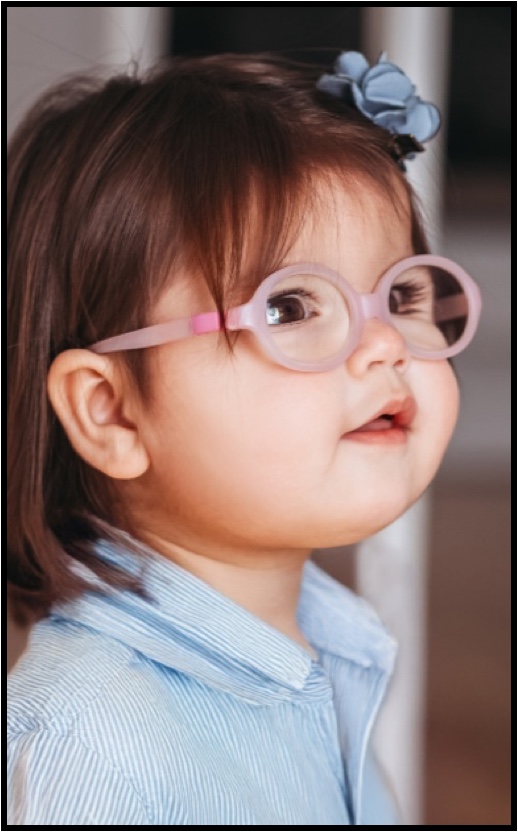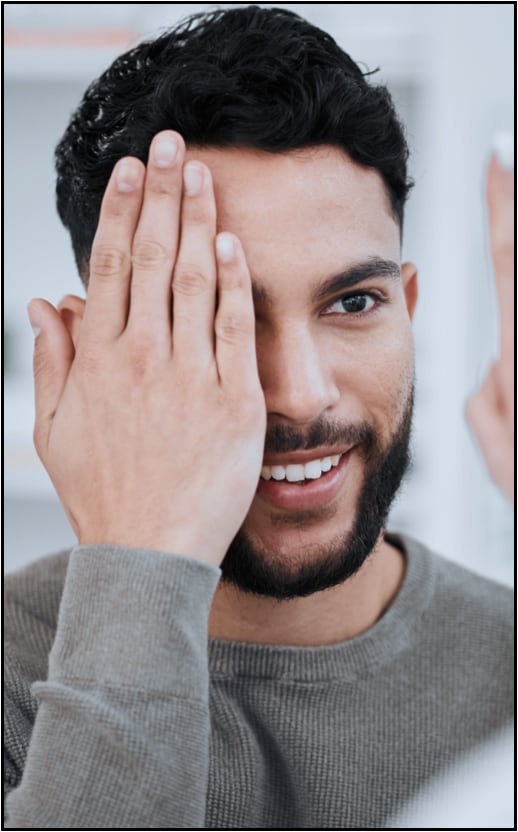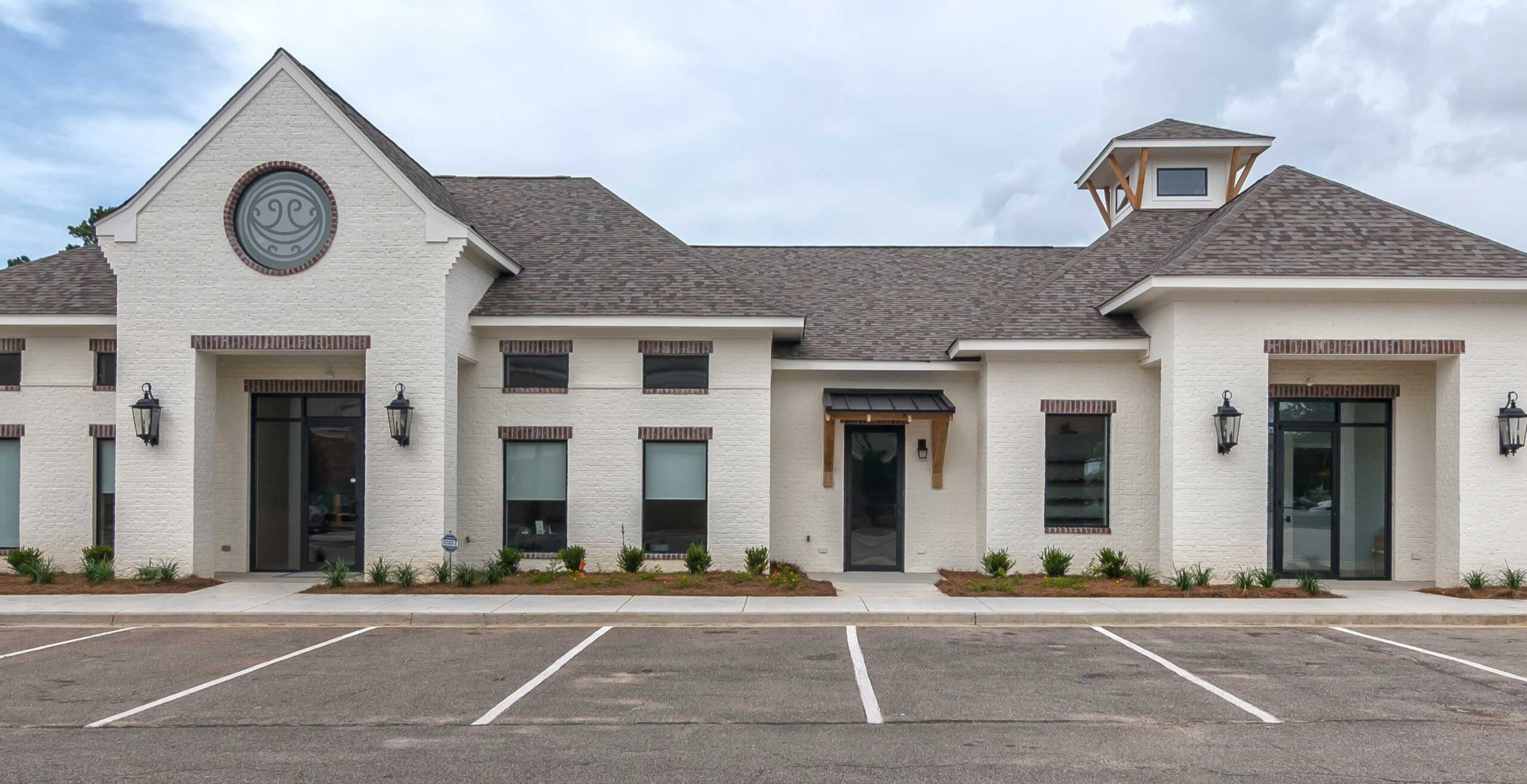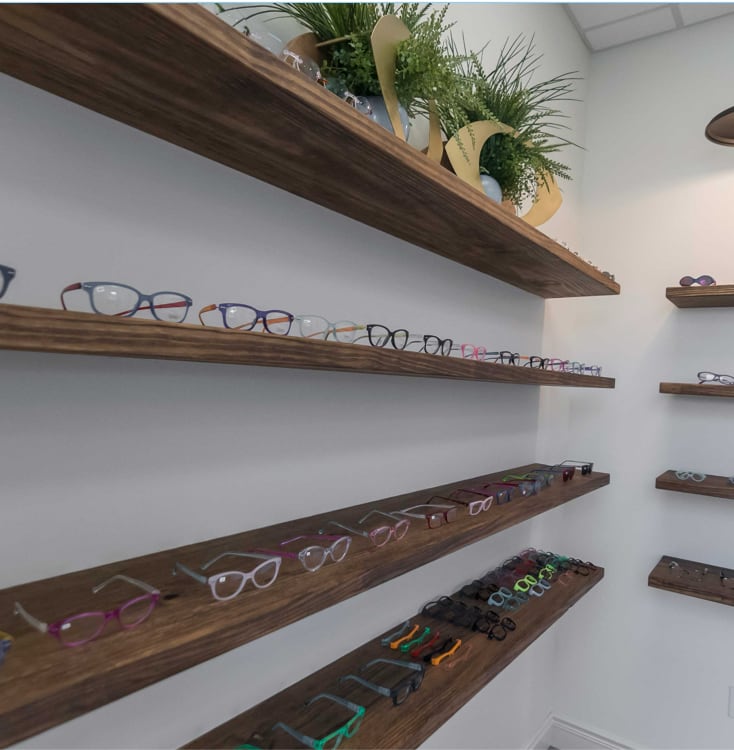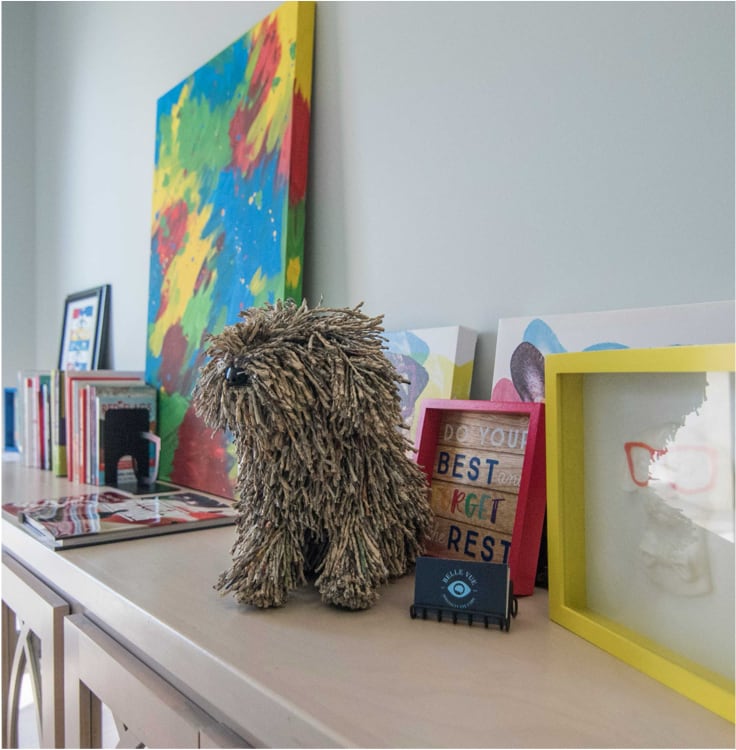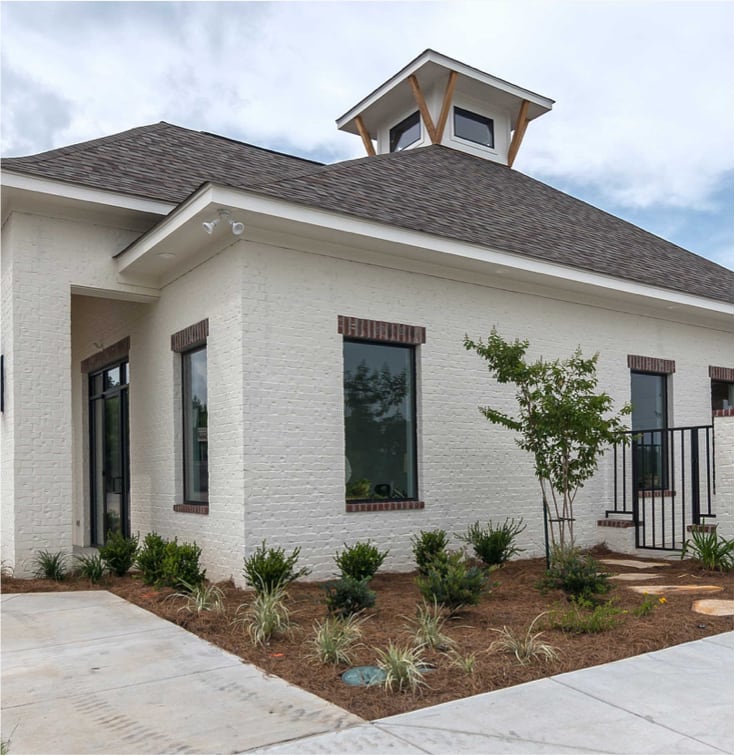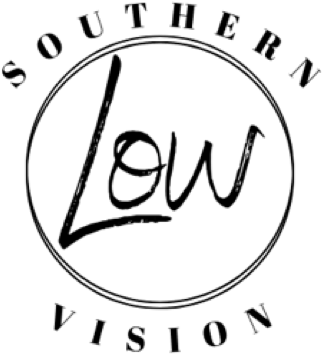As a mom or dad, you expect your kids to run into some health hiccups as they grow. Stuff like colds, flu, and the measles keep them (and you) awake at night but you know that it’s all part of growing up.
Low vision is different. No parent expects their child to experience vision loss that no prescription eyewear or surgery can completely fix. Yet over half a million kids in North America have low vision or are completely blind.
Why does this happen? And what should you do if you think your child has low vision? Last month, we covered causes and symptoms in adults- now let’s talk about what parents need to know about this rare but challenging pediatric vision disorder.
Why Do Kids Develop Low Vision?
Children can develop low vision for a variety of reasons. They include:
Congenital Causes:
These factors are present at birth or develop during infancy. They include but aren’t limited to nystagmus, albinism, retinal dystrophy, and congenital cataracts or glaucoma.
Acquired Causes:
These conditions or injuries occur after birth Some examples of acquired causes of low vision in children include trauma to the eye, infections like measles or rubella, diseases like cataracts or glaucoma, and even medications like corticosteroids.
Genetic Causes:
In this case, the condition passes from parents to children. Potential causes include retinitis pigmentosa, Stargardt disease, and Leber congenital amaurosis. If you or your child’s other parent has one of these conditions, your kids may experience low vision too.
Low vision in children should be detected and treated as early as possible to control or prevent progression. Moms and Dads- be sure to schedule your kids for regular eye exams and see an eye doctor if any visual changes occur.
What Low Vision Symptoms Should Parents Watch For?
Symptoms of low vision in children may vary, depending on the underlying cause and severity of the condition. You should definitely see your eye doctor if your child experiences any of the following:
- Difficulty seeing objects at a distance
- Blurry vision
- Squinting or closing one eye
- Tilting the head to one side
- Holding objects too closely
- Sensitivity to light
- Frequent eye rubbing
Children with low vision may also have trouble with visual tracking, which makes it difficult for them to follow objects or lines of text when reading. In some cases, they can also experience headaches or eye strain, especially after extended periods of visual activity.
How is Low Vision Diagnosed in Children?
Diagnosing low vision in children typically involves a comprehensive eye examination that includes tests to:
- Measure visual acuity, which is the ability to see objects at a distance
- Evaluate visual function, such as color vision, contrast sensitivity, and visual field testing.
The doctor may also perform a dilated eye exam to examine the structures of the eye, including the retina and optic nerve. In some cases, additional testing may be necessary, such as electroretinography (ERG), which measures the electrical activity of the retina, or optical coherence tomography (OCT), which provides detailed images of the retina and other structures inside the eye.
Treating Low Vision in Children
If your child is diagnosed with low vision, treatment will depend on the underlying cause and the extent of their vision loss. Some common approaches include:
Speciality Eyewear:
This includes the following:
Bioptic telescopic eyewear
E-scoop glasses
Full-diameter telescopes
Bioptic telescopic glasses
Tele-microscope glasses
Prismatic reading glasses
Side-vision awareness glasses
Absorptive lenses
Vision Therapy:
If the child has a visual processing problem, vision therapy can help to improve their visual skills and ability to interpret the information they see.
Vision Rehabilitation:
This involves a combination of specialized therapies, exercises, and aids to help children with low vision to maximize their visual potential. It includes orientation and mobility training, visual perceptual training, and the use of low vision devices such as magnifiers, telescopes, and electronic devices.
Specialized Education:
Children with low vision may require specialized education that focuses on teaching them the skills necessary to function in the classroom and beyond. This may include learning Braille or other alternative communication systems, and training in the use of assistive technology.
Medications and Surgery:
In some cases, medications or surgery may be used to treat the underlying cause of low vision in children. For example, if a child has a cataract or other eye disease, surgery may be necessary to restore or improve vision.
Environmental Modifications:
Modifying the environment can also help children with low vision. This may include adjusting lighting levels, increasing contrast, and reducing glare.
Can Children With Low Vision Still Excel at School?
They sure can! It may require some additional support and accommodations, but with the right resources and strategies, a child with low vision can excel academically and socially. Here are some potential accommodations and strategies that can help your child succeed at school:
- Assistive Technology: There are many types of technology available to help students with low vision, such as magnifiers, screen readers, and software that enlarges text.
- Large Print Materials: Teachers can provide materials in larger font sizes, or students can use magnifying tools to make text easier to read.
- Audio Recordings: For students who struggle with reading due to low vision, audio recordings of texts can be a helpful alternative.
- Classroom Accommodations: Teachers can provide seating close to the board or provide a copy of their notes in advance to help students with low vision follow along in class.
It’s important to remember that every child with low vision is unique, and what works for one student may not work for another. However, with the right support and accommodations, a child with low vision can certainly thrive and achieve their full potential.
Questions About Low Vision in Children?
While low vision can initially present challenges in your child’s academic and social lives, the right treatment and accommodations can help them thrive. It is crucial for parents and educators to recognize the unique needs of children with low vision and advocate for the necessary resources and accommodations to help them succeed.
At Belle Vue Speciality Eye Care/Southern Low Vision, we can perform a
assessment that measures your child’s remaining vision and helps to identify the most effective treatment options. If you believe that any of your children may have low vision, reach out to us today at (601) 475-2020.

